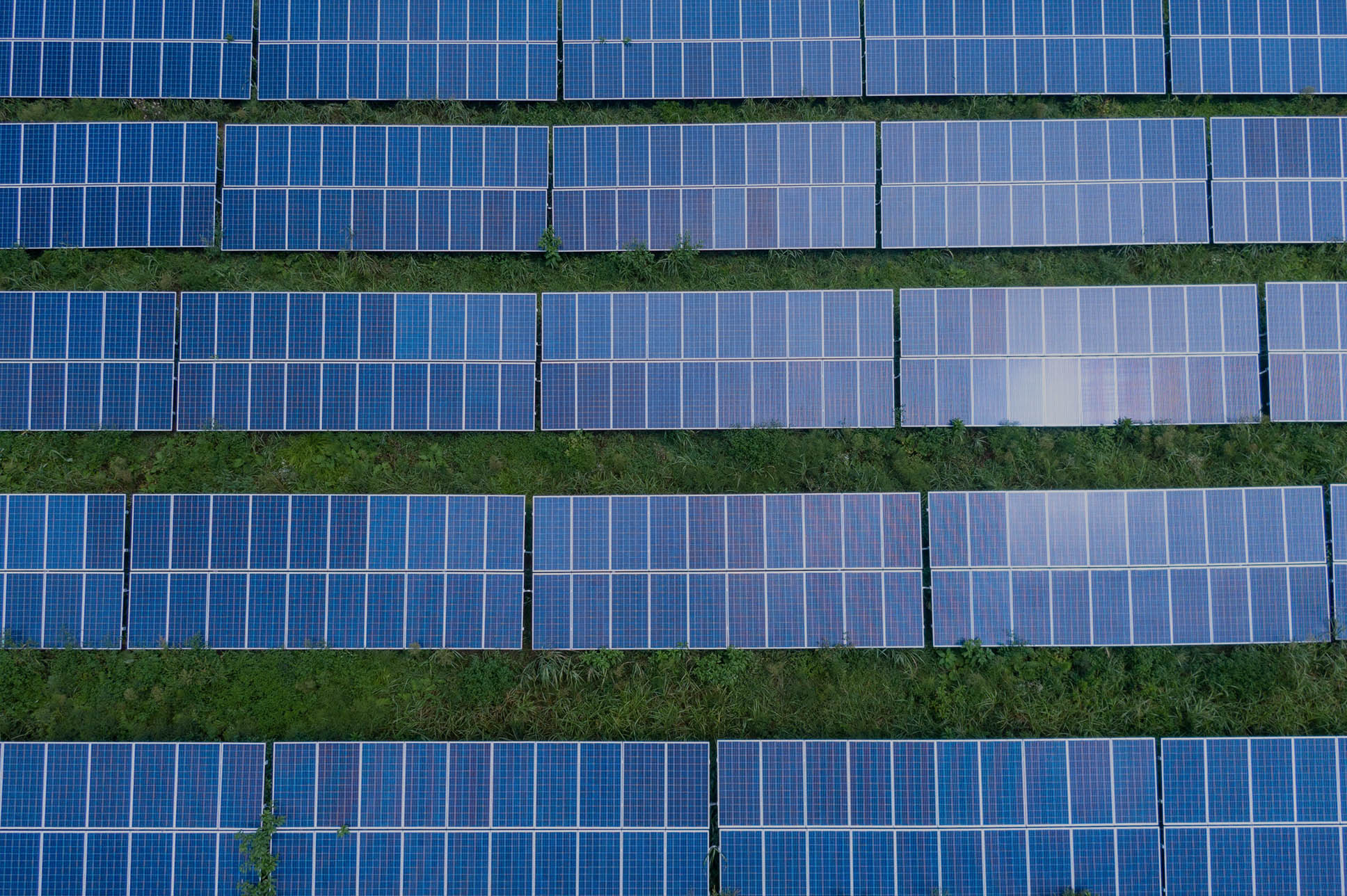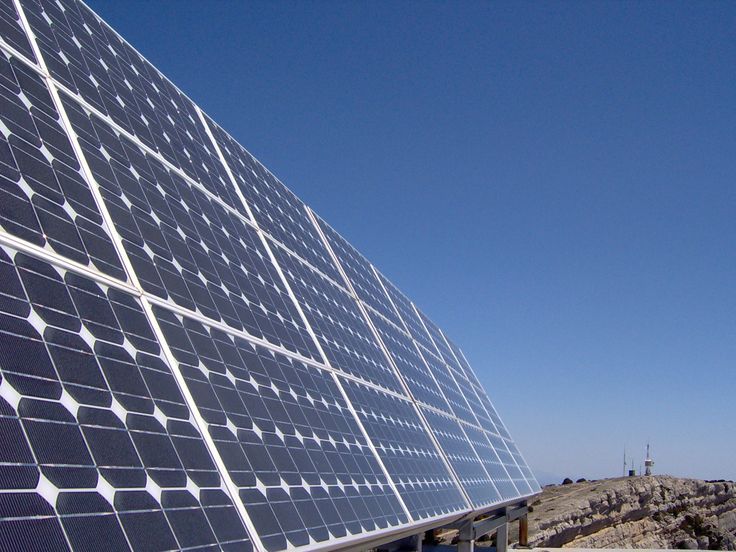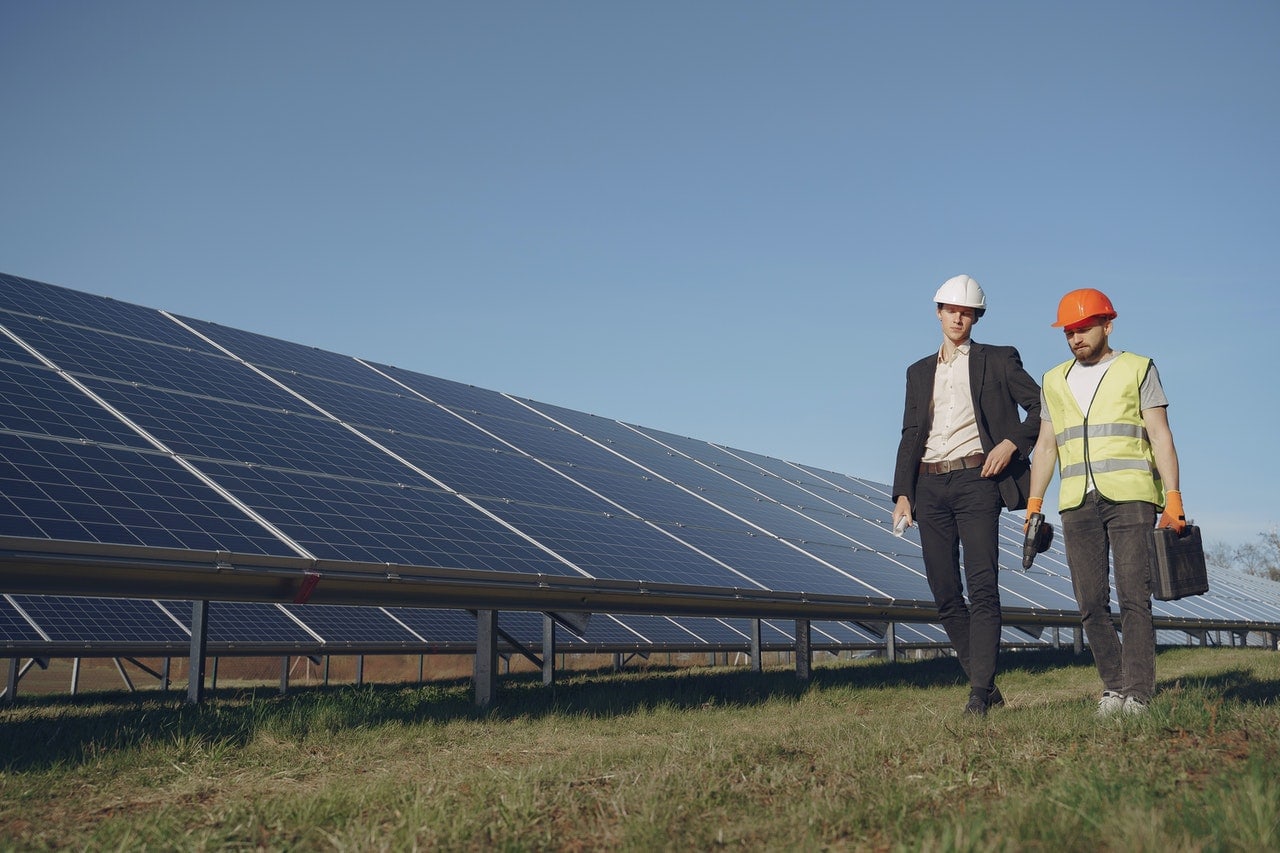Accessibility in Remote Areas
Solar power has an extra benefit of improving accessibility to electrical energy in remote locations, which commonly changes the way of living for locals. This is where the solar energy solutions are designed and deployed to assist those who live far away from city centers but would still want to make their lives better.Solar Measures for Mongolia Remote
Solar panels have become a lifeline in the vast steppes of rural Mongolia, where extending traditional electrical grids is neither economical nor feasible. Millions of households have turned to these systems for power in order to run things like a few lights or our mobile phones. Solar power allows activities such as reading and studies during the night which directly linkages with educational outcomes. It also recharged mobile phones for better communication with the world at large.Changing Lives in the Amazon
For example in the far-off Amazon Basin, energy-generation costs and challenges associated with fuel transport make solar a natural fit. These are independent mini solar systems that have been set up in communities to generate electricity by powering services needed. These systems power water harvesters, medicine chillers and communication tools - essentials to both community health and economic robustness. Commonly, the solar installations have been developed as community-led initiatives and hence these systems are customized to provide relief in ways that residents need them most sustainably.Skills training, creating new jobs
Another vital aspect of spreading the benefit of solar energy to remote areas is to empower local communities by training them in maintenance and management. In sub-Saharan Africa, installation packages from solar companies include training sessions. The results in a subsequently dominant manufacturing sector helps to create job opportunities at the local level by imparting technical skills. The installers it trains will then be able to locally service municipal systems and extend their reach into neighboring areas as a part of the overall impact.Real community Investment
Community buy-in is often the key to success of these off-grid, solar energy projects. Involving the public in planning, installing and maintaining solar systems adds to their relevance and long term benefits. The bottom-up approach also makes the solar solutions fit into a well-maintained and living infrastructure. This further makes the energy solutions more sustainable by involving stakeholders in a way that they take proud ownership of the facilities and operationsImpact on Local Economies
Solar energy revolutionizes the local economies of geographically isolated regions, offering a renewable source of power which stimulates economic expansion and development. Here we investigate this job and unemployment challenge from below with farmers, small business people sewing solar selling seeds.
Creating Jobs and Growing the Ag Economy
Sufficient and secure water supply is almost always the greatest constraint on farming in remote areas. These systems have been game changers in almost all cases of solar-powered irrigation. In Kenya, for example, where the use of these systems tripled local farmers' agricultural production. These farmers have been able to grow produce nearly year-round, keeping local food on the market and supporting local economic development. Being able to cultivate crops year round not only financially benefits the farmers but gives their families food security throughout dry months.
Small Business Development
The development of small businesses in remote places hinges, for the most part on competent sources to reliably provide electricity. The installation of a small solar grid has been greatly beneficial for small enterprises in rural Nicaragua. The steady power supply allows for the extended hours of operation in shops, local eateries and workshops. This flexibility for extended business hours results in superior sales and customer interaction. This and other business promotion efforts increased small businesses revenues by nearly 50% in just two years, demonstrating the economic vitality that can come with solar energy.
Building Viable Jobs
Since solar projects require a lot of labor, both in the installation and maintenance phase, we see that as local employment opportunity which is needed to set up on top. An government-supported hotshot program in India trained more than 1,200 local workers to be solar technicians - valuable skills I could put to work right away. They work in their backyard, provide solar service for themselves and benefit the regional economy by sustaining a local installed base of solar. This training initiative not only saves from being unemployed but also help reducing the drift of local populace to nearby town cities in search of livelihood and keeps families together.
Building Local Capability and Technology Adoption
February 05, 2021 Adopting solar technology brings new skills and tools to rural areas. The technical training programs linked to these projects further expand the community owned, solar knowledge base and put local communities in control of their own solar future. It also fosters the youth to be involved in renewable energy sectors providing a future path that sustains both their community and personal growth hand-in-hand with global sustainability endeavours.
Increasing Energy Self-Sufficiency
Solar energy is a key to self reliance on power by communities residing in far flung areas. Chapter 4 of this section [ 28 ] examines the use of solar energy for decentralization elements in different ways so as to leave no other choice besides a considerable drop-down on external source dependence within community speculators and also discusses preparation features.Reduce Energyames of annotainty
Costs to the community are often high, and dependency from places far away for fuel such as diesel is very difficult. Solar power is available both reliably and locally. In some Alaskan villages, communities have reduced diesel consumption by as much as 60% through solar panels combined with battery storage systems. Reducing not only costs but also the logistic problems of bringing fuel to far-flung places, this shift.Boosting Local Energy Production
Local Solar: Producing Energy Close to Home Local governments using to install solar panel programs in public and private properties for importation European energy is a huge economic burden province-related of the Pacific Islands By doing so, this has caused a drastic decrease in oil imports for electricity generation(my estimation is at more than 70%), thus improving our local energy independence and economic resilience.Building Community Resilience
Community resilience and Energy self sufficiency Solar installation ensures continuity of electrification for crucial services such as health facilities, schools and communication during emergencies. Solar power systems have been vital in the post-disaster continuity of such services following disasters, especially areas that are susceptible to natural devastation.Local Engagement and Ownership
One of the most important elements to drive solar power towards energy self-sufficiency is coordinate local action. Additionally, he said that using community members in the installation and maintenance of solar systems has a beneficial affect as not only are those assisting given better training but it also builds individual and communal resilience. Sub-Saharan Africa has achieved true energy access breakthroughs through community-owned solar projects managed and scaled by local committees.Integration with Local Infrastructure
Whereas solar systems are very easy to tie into existing local infrastructure, greatly increasing the return of investment and benefit for remote communities. This section covers real-world implementations and the benefits that can be obtained by these integrations.
Augmenting Current Power Grids
Solar is the right supplement for power deficient areas with existing but erratic grids. Solar panels are used in tandem with the current grid system to allow for a stable power supply during periods of highest demand, using these solar installations in zones like those found through India help diminish brownouts and blackouts. The new system scales the existing infrastructure in a more resilient way than before, keeping both spike and off-peak workloads flowing efficiently.
Diesel Generator Systems in Hybrid
Diesel generators are a primary source of power in many far-flung villages. When combined with solar panels and batteries, this makes for a hybrid setup that improves efficiency and reduces the use of fuel. Hybrid systems are helping to reduce diesel consumption by up to 50% in the remote villages of Indonesia, significantly lowering energy costs and their environmental footprint.
Improving Telecommunication Services
Key Points:Solar energy is a critical enabler of services in telecommunication, supplying theneeded power for communication towers. Reliable solar panels powering remote telecommunication towers in the mountain regions of Nepal - crucial for normal communication as well as disaster response The solar-powered systems have proven reliable and provide lifesaving information to the region, including during natural disasters or medical emergencies.
Sanitation Facilities Supporting Water
In rural areas, this is often a problem because there literally just isn't stable power. It has been a sustainable solution with solar powered water purification systems. Solar provides both filtration systems that are key to clean drinking water in communities throughout much of sub-Saharan Africa. These systems are generally incorporated into established water supply infrastructures, meaning they operate effectively, while also being environmentally sound.
Rural Implementation Case Studies
The use of solar energy has played an extraordinary role in the transformation & betterment rural communities across various corners of the world. Real scenarios are concerned about unique case studies revealing the undeniable results solar power offer to far-flung regions.
Philippine Islands Using Sun Rays
Small solar installations supply power in areas where no access to electricity was possible before. On the island of Palawan a number of 200 independent solar systems were put into operation and now deliver up to around-the-clock electricity for more than 1,000 people. The sweet bit was that this program gave the kids ability to learn at night and supported small businesses, changing economics of an entire village.
Lighting Sub-Saharan Africa with Off-Grid Solar
Solar energy has been a game-changer in large parts of sub-Saharan Africa, where huge expanses are without access to an electricity grid. A solar microgrid in a rural village near Kenya that serves 150 homes and businesses. Thanks to a small solar panel array, this installation not only gives light and phone charging capabilities but also powers e.g. local water pump which is essential for irrigation or daily needs of the people in village The solar microgrid is supporting an entire community, and providing power that nonreliance expensive diesel generators polluting.
Solar Schools in Rural India
Many rural laptops in India are deprived of a learning just because for inconsistent power. This scale of solar installations in schools has revolutionized the same. PROJECT It supplied solar power to 35 schools in Rajasthan, providing computer and internet facilities and directly benefitting more than 3,500 students. This uninterrupted power ensures the availability of educational tools all the time which in return increases the learning experience and unlocks new paths for students.
Latin American Residential Community Solar
On the other side of the hemisphere, in Latin America community solar projects have provided energy to whole villages. In a part of Bolivia that is not connected to the grid, all houses in one village have electricity from their own local solar system - as does this school and health center. The solution was developed in conjunction with local leadership and international NGOs to meet the specific needs of that community, as they also receive a training in maintenance.



